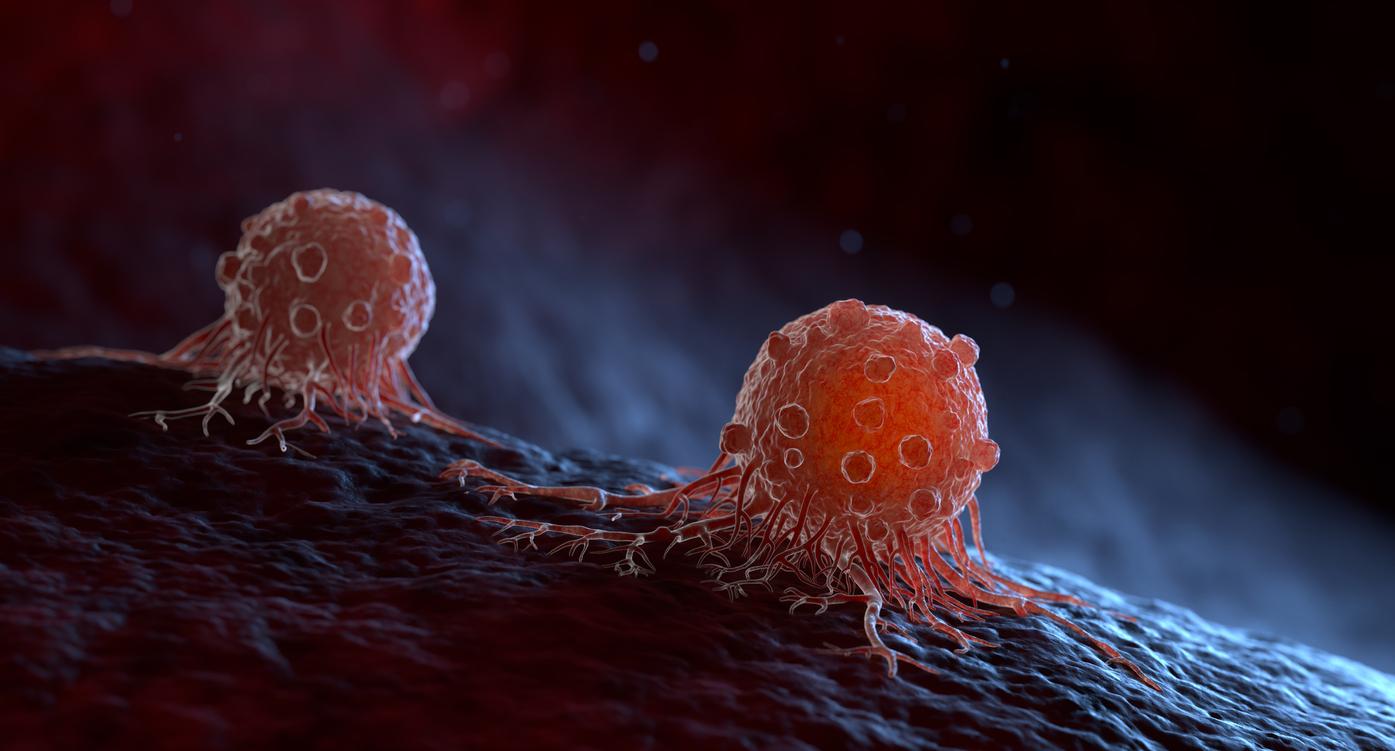Researchers from the National Institute for Health and Medical Research (Inserm) have identified a bacterium from the intestinal flora that produces a protein responsible for inflammation in people with Crohn’s disease. Successfully controlling this bacterium could be a therapeutic route, according to the results of a study published in the medical journal Cell Microbiol.
Patients with Crohn’s disease have an intestinal flora often overinvested by certain bacterial strains, such as the strain of E. coli named AIEC (for Adherent-invasive Escherichia coli), present in at least 40% of patients. This strain is able to cross the mucus that lines the walls of the intestine and cause an immune reaction and exacerbated inflammation that contribute to the symptoms of the disease.
The researchers identified a gene, Vat-AIEC, responsible for this process. “The enzyme encoded by Vat-AIEC contributes to the virulence of pathogenic E. coli strains, and not only to that of AIEC, since we found this gene in half of the E. coli responsible for urinary tract infections”, specifies Julien Delmas, co-author of the work.
“It is quite possible to inhibit this mucinase, because it is easily accessible in the extracellular medium and is not essential for the survival of bacteria. Blocking it will not modify the balance of the intestinal ecosystem and will not will not lead to the appearance of resistance as with antibiotics”, explains Julien Delmas, author of the study. “Now, the idea is therefore to develop a family of mucinase inhibitors. To do this, we need to screen libraries of molecules, using bioinformatics, in search of specific candidates. This project is underway”, he concludes. .
A disabling and painful disease
Crohn’s disease is a chronic inflammatory disease of the digestive tract. It is manifested by crises that last several weeks or several months, during which the patient suffers from severe abdominal pain, diarrhea, and significant weight loss. Crohn’s disease is associated with a high risk of colorectal cancer. In France, this very debilitating disease affects nearly 100,000 people.
Read also:
A fatty acid at the origin of Crohn’s disease?
Crohn’s disease: the benefits of mindfulness meditation
Crohn’s disease: a model poses with her ostomy pouches















